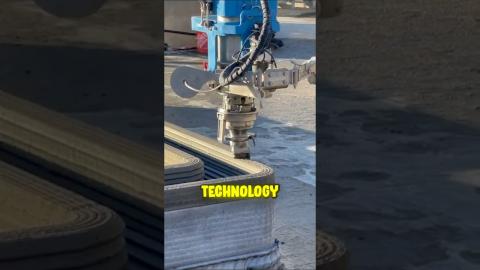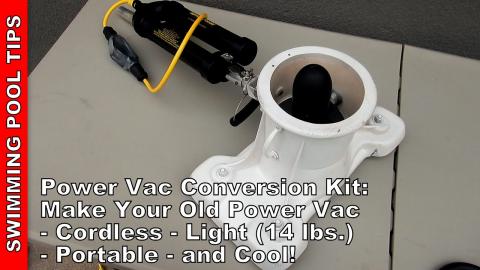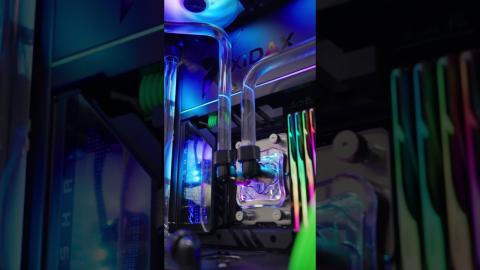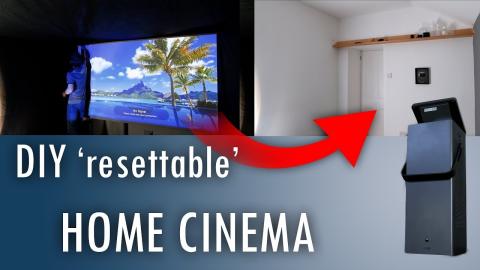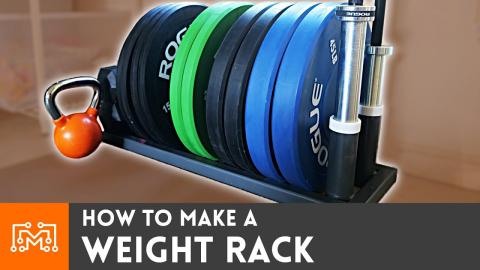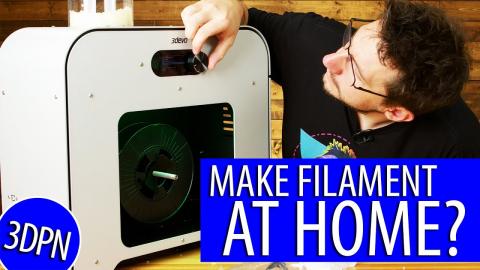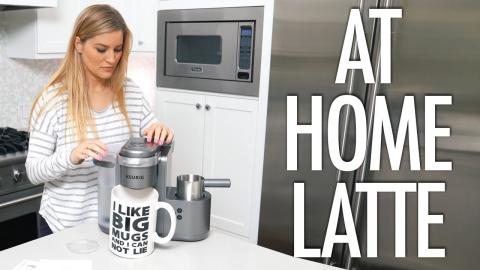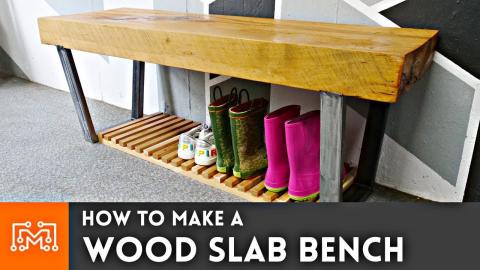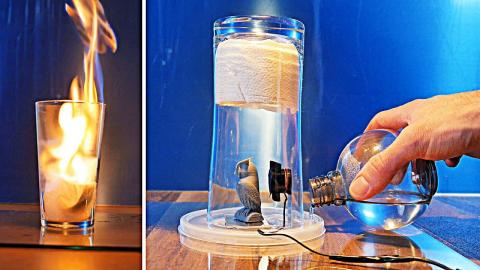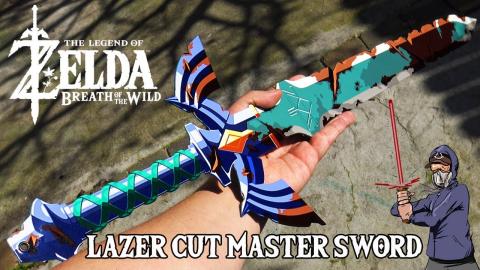How to Make a DIY Weight Bench // Home Gym
Description
In this project, I make a DIY weight bench to go in our new home gym area. We've been working out at home so that we can stay healthy while social distancing. While we did buy the larger equipment, I'll show you haw to weld up some other items to put in the space.
Subscribe to my channel: http://bit.ly/1k8msFr
Second Channel: http://bit.ly/iltms-2
LEARN FUSION 360: https://ilt.ms/fusion
MORE PROJECTS, POSTS AND EVENTS
http://www.iliketomakestuff.com
TOOLS & SUPPLIES WE USED(affiliate links):
https://kit.co/iliketomakestuff/diy-weight-bench
https://kit.co/iliketomakestuff/my-metalworking-tools
https://kit.co/iliketomakestuff/shop-safety-gear
MAG SWITCH WELDING TOOLS: https://mag-tools.com/?ref=sqcs8BeJmOUV
I WROTE A BOOK!!
http://www.iliketomakestuff.com/makingtime
Want to support ILTMS? Get exclusive content and more...
http://www.iliketomakestuff.com/patreon
BUY A SHIRT, STICKER, NOTEBOOK, DIGITAL PLANS and MORE!!
http://www.iliketomakestuff.com/store
FOLLOW:
http://twitter.com/iliketomakestuf
http://www.twitch.tv/iliketomakestuff
http://instagram.com/iliketomakestuff
http://facebook.com/iltms
MUSIC: http://share.epidemicsound.com/iltms
I designed this weight bench in Fusion 360 before beginning so I knew exactly how much material I needed. Using the modeling program also allowed me to design the hinges in the next step. I decided to use 2 inch square steel tubing with 3/16" walls. This may be overkill, but because it is a weight-lifting bench, I wanted to absolutely sure that it could hold up to a lot of weight. I used my metal-cutting bandsaw to crosscut the single length of tubing I bought from our local steel mill. Most of the cuts were simple 90-degree cuts, but the two foldable legs were cut at a 3-degree angle. I decided that a slight outward splay would help add some rigidity to the bench.
At this point, you could simply weld all of the bench pieces together to make a rigid bench. Because our home gym occupies the same area as our family car, everything we have is arranged to fold out of the way. Our weight rack has removable pins and hinges so it folds against the wall. I wanted the weight bench to have the same functionality.
The overall design calls for two inverted T legs to hinge up against the longer central spine. In the this step, I'll mock up, cut and weld together these hinge plates. Using the Fusion 360 model, I created a 1-to-1 blueprint drawing of the hinge that I printed out. Before I cut into the steel plate that I bought at the steel mill, I decided to make a 1/4" MDF template. Then, I cut the template using my bandsaw and drilled the bolt holes in the templated location. I was really happy to have this template from the 3d model instead of making an offset hinge on the fly.
I clamped the MDF hinge to the central spine and to one of the leg posts. Once the legs folded flat against the spine and rotated up to its final position, it was ready to transfer to the sheet steel. I marked all of the bolt holes on the tubing before I removed the MDF hinge. Using the metal-cutting bandsaw, I cut out 4 steel hinge plates and drilled the appropriate holes. These hinge plates needed to be welded to the top of the leg posts in the marked locations, one on each side.
Now that I had the leg posts bolted the the central spine and they hinged perfectly in both positions, I could weld on the foot bar. Welding this bar to the bottom of the leg post, it completed the inverted T assembly. Josh designed some end caps for this bottom bar so the metal edges wouldn't tear the floor mats and they covered the open ends of the steel tubing. Now it is time to attach the back plate platform the you will actually lay on while weight lifting.
I now had to add a back plate platform to the central spine. I decided to make a plywood plank padded with high-density foam and wrapped in marine vinyl. It is possible you could drill some holes in the central spine and simply drive in screws into the bottom of the back plate. I worried that having such a narrow connection point could lead to a dangerous rolling motion while working out. To combat this, I added some angle iron to the central spine by cutting some slots and welding them in place. I drilled holes in the ends of these new outrigger arms to act as attachment points.
One problem was that the new angle iron arms didn't sit flush with the top of the central spine. I quickly added some dado slot to the bottom of the back plate ensuring a flat connection all along the spine. My electric staple gun made quick work wrapping the foam in vinyl and the back plate was ready. I used some dark enamel paint to cover the metal weight bench frame, and once dried, attached the back plate.
To ensure that the foldable weight bench wouldn't buckle under the weight, I added some holes for two quick-release pins. These pins made sure the extended legs couldn't move when inserted. I set the completed bench in the gym space.


